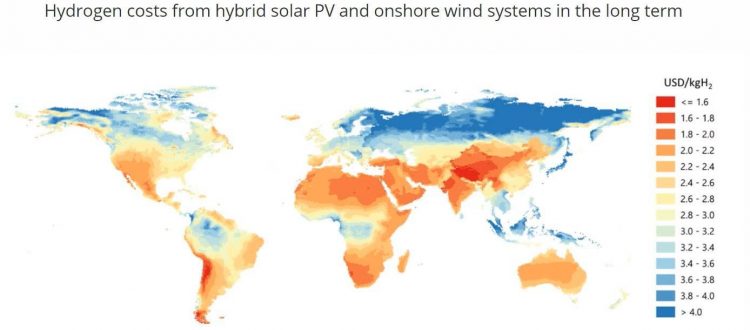Future of Hydrogen: Energy and hydrogen have a long common history. Hydrogen was used to power the earliest internal combustion engines over 200 years ago and is now a crucial component of the current refining sector. Hydrogen is a lightweight and energy-dense fuel that does not emit any harmful pollutants or greenhouse gases directly. However, its potential as a clean energy source can only be realized if it is embraced by industries where it is currently underutilized, such as transportation, buildings, and power generation. Only then can it make a significant contribution toward achieving clean energy goals?
A thorough and unbiased analysis of hydrogen is provided in The Future of Hydrogen, which outlines the current state of affairs, the ways in which hydrogen may contribute to the development of a clean, secure, and cost-effective energy future, and how we can go about realising its promise.
Demand for hydrogen
Today, providing hydrogen to industrial users is a significant global industry. The global demand for hydrogen, which has increased more than triple since 1975, is still on the rise. To produce hydrogen, 6% of the world’s natural gas and 2% of its coal are used.
As a result, the production of hydrogen results in annual CO2 emissions of about 830 million tonnes, which is equal to the combined emissions of the United Kingdom and Indonesia.
Growing support
The number of countries promoting investment in hydrogen technology is increasing in line with the growth of related industries. At present, around 50 policies, incentives, and goals are in place globally that directly support the development of hydrogen, with a major focus on its use in transportation. National government investment in hydrogen energy research, development, and demonstration has increased over the previous few years, albeit it is still below the high in 2023.
Hydrogen production
Hydrogen can be obtained from various sources, including water, biomass, fossil fuels, or a combination of these three. Nowadays, natural gas serves as the main fuel for producing hydrogen, contributing around 75 percent of the 70 million tonnes of dedicated hydrogen produced annually. This makes up around 6% of the world’s natural gas consumption. Due to coal’s dominance in China, petrol comes in second, and only a small portion is created by the usage of oil and electricity. A variety of technical and economic considerations, with gas prices and capital expenses being the two most significant, affect the cost of producing hydrogen from natural gas.
Between 45% and 75% of manufacturing, expenses are accounted for by fuel expenditures, which are the major cost factor. Some of the lowest expenses for hydrogen generation can be found in the Middle East, Russia, and North America due to low gas prices. Gas importers like Japan, Korea, China, and India must deal with rising gas import prices, which increases the cost of producing hydrogen as a result.
Keeping an eye on the budget
Grid electricity can be used to produce hydrogen, however, dedicated electricity generation from nuclear or renewable sources is also an option.
There have been multiple demonstration projects in recent years because of the increased interest in electrolytic hydrogen and the falling costs of renewable electricity, particularly from solar PV and wind. The amount of electricity needed to produce all of the current dedicated hydrogen output from electricity would be 3,600 TWh, which is more than the whole annual electricity production of the European Union.
By
M.S.S.Dhanush
B.Tech 2nd Semester
&
Dr. Ashwini Kumar
Associate Professor
Mechanical Engineering
Faculty of Engineering & Technology
SGT University




